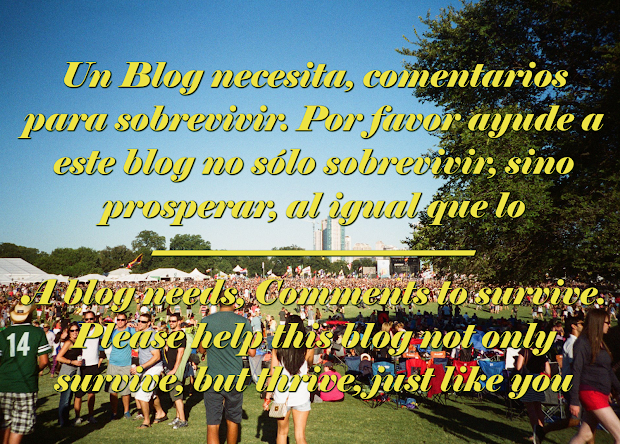Fairies in Legend, Lore, and
Literature
In his famous poem "The Horns of Elfland," Tennyson wrote that even the echoes of elfin bugles are growing faint and dying away, as the fairies disappear from the woods and fields, chased away by modern life. This was a favorite theme of the Victorians, who believed that the fairies were taking their leave of us and that magic would soon vanish from the world forever. Fortunately, as far as I can see, the Victorians were dead wrong. The British Isles, and other parts of the world, are still thickly populated by the elfin tribes, if the present revival of fairies in popular culture is any indication. In North America, fairies are everywhere — in books and paintings, on t–shirts and teacups, in children's toyshops, in art museums, and flying through the airwaves. If Tennyson's elfin bugles have dimmed . . .well, never mind. The fairies play electric bagpipes now.
Instead of Tennyson, I'm more inclined to listen to the poet William Butler Yeats, who knew a thing or two about the fairies, for he believed in them all his life. He said that "you can not lift your hand without influencing and being influenced by hordes of them."
There's a famous story of a Scottish house fairy who proved to be so terribly annoying that the family in the house tried and tried to make him leave, to no avail. Finally there was no help for it. The family packed to go themselves. But as they drove down the road, their worldly goods strapped to the old farm cart, they noticed the fairy perched on top, saying, "Ah, but it's a fine day to be moving!" And so they sighed and went back home, knowing they were stuck with him for good. The fairy haunts that cottage and their descendants to this day.
So it is with fairies in literature and art. Fairy stories go in and out of fashion. But just when you think they're gone for good, cast out by book and art critics who insist we move on to weightier matters, the fairies are still there, grinning, saying, "Ah, it's a fine day to be moving!" — determined to move right along with us and be a part of whatever the future has in store.
"Fairy" by Richard Doyle
End Notes:
1. Quoted from The Secret Commonwealth of Elves, Fauns and Fairies by Robert Kirk, 1893.
2. Spiritualism was a practice in which "spirit mediums" provided contact with the spirits of the dead and with supernatural creatures. The movement was started in America by the Fox sisters in 1848, who claimed to communicate with the dead through mysterious knocks upon a table. Soon "table–turning" parties were all the rage in all levels of English society, right up to the Royal Court. Spiritualist societies sponsored lecture tours, opened reading rooms and published newspapers, and popular spirit mediums developed huge followings.
3. Theosophy was a Spiritualist and philophical movement founded by Madame Blavatsky at the end of the 19th century. Many prominent Theosophists believed in fairies.
4. Quoted from The Hidden Side of Things by Charles W. Leadbeater, 1913.
5. Quoted from The Coming of the Faires by Sir Arthur Conan Doyle, 1922.
6. Quoted from "Some Remarks About the Spirits of Nature," published in The Occult Review, 1911.
7. Quoted from The Vanishing People: Fairy Lore and Legends by Katherine Briggs, 1978.
8. Painter and poet William Blake firmly believed in faeries, and once wrote about witnessing a fairy funeral.
10. Sir Arthur Conan Doyle was the son of the fairy painter Charles Doyle who, like Richard Dadd, had been confined to an insane asylum and whose imagery came from his personal visions. The fairy painter Richard Doyle (by all accounts a sane, sweet–tempered man) was Arthur Conan Doyle's uncle.
11. Quoted from Alison Lurie's "Braking for Elves," first published in The New York Review of Books and reprinted in her excellent book Don't Tell the Grown–ups: Why Kids Love the Books They Do.
Thank you for visiting my dear friends, In loving light.
ღ♥ღღೋ`*´❀ ❥❥❥ The Fairy lady `*•.¸) ☆¸❥❥❥ღ♥ღღೋ
by Terri Windling





No comments :
Post a Comment